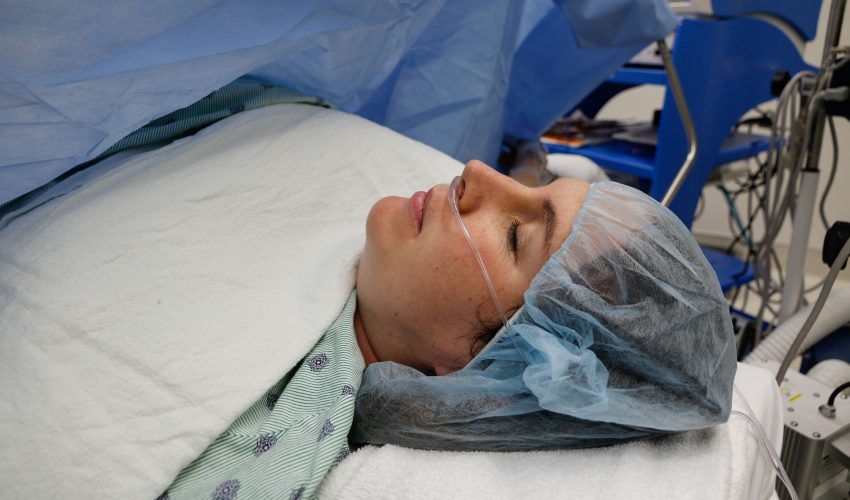Post Views: 1,771
Views No Comments
The abundance of cesarean births, also known as c-sections, has risen at a rate that is considered alarming to many medical professionals. According to recent studies, cesarean births are now outnumbering vaginal births in Latin America, China, Southeast Europe, and America. So, this is not only a cultural change in America. Why are so many parents choosing to have a c-section birth? And, why are so many healthcare professionals advocating for it? We will dive into the world of c-sections, which is now the most common surgery in many countries around the world, according to The Lancet.
Before continuing, I will note that when medically necessary, such as if the baby is not properly positioned for the birth or if the mother has diabetes or high blood pressure, a c-section can be vital to the health of a child and its mother. This article should be taken into consideration with each person’s health issues and concerns.
It appears that the high rates of c-section surgeries are mostly performed electively, meaning the mother is choosing it. According to Consumer Reports, researchers estimate that almost half of the c-sections performed in the U.S. are not required. And around 1.3 million babies are born this way each year in the U.S. Some medical professionals believe that doing such an extensive surgery as opposed to a vaginal delivery can cause more problems long-term for the mother. Vaginal deliveries come with their own set of issues but are usually less severe.
The most common risks from c-section births for the mother are abnormal placentation, stillbirth, and uterine rupture. Although sepsis is a concern to any hospital patient regardless of their surgery. The common risks for the baby can include a higher chance of developing asthma and becoming obese. When the mother is opened up abdominally, the increased risk for infection and bacteria can be understood. This is an extensive surgery and takes many months to recover from. However, if there are many medical issues throughout your pregnancy, your doctor will decide that having a cesarean birth will be of benefit to you.
With the rise in these types of births, many hospitals are putting in measures to lower the chances of a c-section. This doesn’t mean refusing a mother who wants a c-section, but instead loosening time constrictions on vaginal deliveries, among other methods. One of the ways this has helped is by letting mothers be pregnant for longer and avoiding inductions before 39 weeks if not medically needed. Of course, patients are monitored during this time.
Other measures include not having a strict 24-hour window for vaginal deliveries. As long as the mother is not at risk, they can wait for the process to happen naturally after the mother’s water breaks. Instead of rushing a mother into a c-section once the 24-hour window is over. This course of action has to lead to a decrease of about 5% of unnecessary cesarean births as of recently.
If you are medically required to have a c-section, there are ways to ensure a better outcome. Besides having a healthcare team that is accredited and you’re comfortable with, the hospital you choose is the most important choice. Recent research from Consumer Reports suggests that the hospital you choose and how busy it is can affect your odds of a successful c-section. This is another reason to choose the best hospital you can access when delivering your baby. Also, following all instructions given by nurses post-surgery can reduce your chances of getting an infection.
The verdict is that cesarean births are being recorded and an unprecedented rate and will only increase in time. Although with all the risks and complications available to read online or by speaking to the doctor/nurse, every mother can make their own choice. With that being said, for the women who have no choice but to have a c-section due to pregnancy complications, make sure you’re knowledgeable about your doctor and hospital of choice.
References
https://www.thelancet.com/series/caesarean-section
https://www.consumerreports.org/c-section/biggest-c-section-risk-may-be-your-hospital/
The abundance of cesarean births, also known as c-sections, has risen at a rate that is considered alarming to many medical professionals. According to recent studies, cesarean births are now outnumbering vaginal births in Latin America, China, Southeast Europe, and America.

